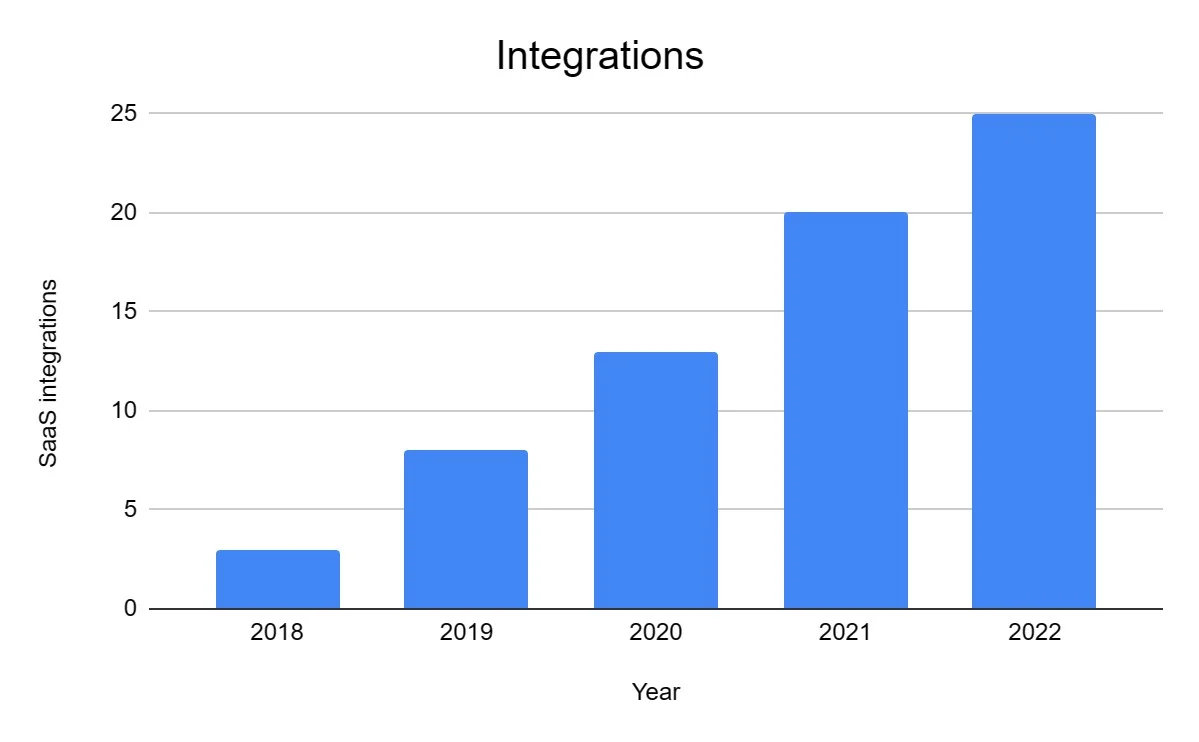Once the change is detected, source code would be deployed to a dedicated build server to make sure build is not failing and all test classes and integration tests are running hire jenkins developers fine. CI automatically monitors the commits that each engineer makes. This streamlines the build and verification of code so that testing is not so high-stakes.


The team was able to speed up their CI/CD with shared volumes and more. Today, Tymit claims to have re-designed the credit card, putting the user in control, the majority of whom actively use the card and access the platform through the Tymit mobile app. New customers onboard every day by tapping into Tymit’s ‘instant issuing’ service. With this particular feature, users can download the app, get issued a virtual card and make an initial transaction in just a few minutes.
What is DevOps?
In 2022, the Jenkins community will continue introducing new upgrades and improvements, such as secure automation, continuous delivery for plugins, better navigation on the plugin site, and much more. This makes it a promising tool for both new and experienced DevOps professionals. Pipelines automate testing and reporting on isolated changes in a larger code base in real time and facilitates the integration of disparate branches of the code into a main branch. This definition only describes the upstream open source project. Jenkins is an open-source automation platform that enables a digital application’s continuous development and deployment. It is written in Java and has plugins that cater to various facets and characteristics of continuous integration.


We will be selecting the “Delete workspace before build starts”,
this will clean up the workspace in the Jenkins server where this build job
will run, in our case “Agent 1”. Under this type of configurability, you have a much wider range of settings you can changes, such as which branch you want the code cloned from. In our case we don’t need a set of credentials as my repo id public and open to all, hence it does not need any credentials.
DevOps-Redefining your IT Strategy
This can be accomplished by using the user security features of the HTTP server in use for the UI. Jenkins security revolves around securing the server and the user. Server security is achieved in the same way any other server is secured. Access to where it resides, such as a VM or bare metal server, is configured to allow for the fewest number of processes to communicate with the server. This is accomplished through typical server OS and networking security features. They help extend Jenkins capabilities and integrated Jenkins with other software.
What Is Chef? – A Tool Used For Configuration Management
It allows for the seamless building, testing, and deployment of applications, ensuring faster and more efficient development cycles. As a result, every commit made to the source code in the repository was built. Jenkins is the most widely adopted solution for continuous delivery, thanks to its extensibility and a vibrant, active community. The Jenkins community offers more than 1,700 plugins that enable Jenkins to integrate with virtually any tool, including all of the best-of-breed solutions used throughout the continuous delivery process. Instead, developers need to keep their eyes out only on the smaller fragment of code they committed.


In subsequent sections of the What is Jenkins blog, we would look at the steps for setting up Jenkins Master and Agents. There is a strong involvement of the community which makes it a powerful CI/CD tool. You can take support from the Jenkins community, whether it is for extensibility, support, documentation, or any other feature related to Jenkins. After the acquisition of Sun Microsystems by Oracle, a proposal was approved by the Hudson community for creating the Jenkins project.
What Is Jenkins? Why To Use It? How Netflix Use This Tool?
In CI, developers regularly integrate code changes into a single repository, and Jenkins automatically builds and tests the code to catch integration errors early. In CD, Jenkins can automate the deployment of the built and tested code to production, ensuring that the code is always in a releasable state. Continuous Integration is a development practice in which the developers are required to commit changes to the source code in a shared repository several times a day or more frequently. Nowadays, the Jenkins community reports that there are around 1,500 plugins available for a variety of applications. The thousands of plug-ins available allow for a great deal of customization. A pipeline is a series of steps the Jenkins server will take to perform the required tasks of the CI/CD process.


In Jenkins, it’s simple to identify which commit was responsible for the build failing. The build process will proceed to the next stage if all unit tests pass. Also, the tool uses many servers to execute parallel builds to reduce the time it takes to accomplish other tasks. Initially, a developer integrates a new piece of code into the existing source code and commits.
Jenkins automation
Jenkins is an open-source automation server written in java that automates parts of the software development process. It is used to build, test and deploy software continuously which makes it easier for developers to integrate changes to the project and makes it easier for users to obtain a fresh build. Jenkins provides hundreds https://www.globalcloudteam.com/ of plugins to support building, deploying and automating any project. Jenkins is a continuous integration tool which means that it creates build jobs to perform multiple different tasks in different phases. To do this in an organization with multiple teams and multiple projects is difficult if you do so only using one server.
- Those changes can create bugs that will only be revealed when both codes are integrated into the same branch.
- We’ve added a pipeline creation wizard that will create all the component configurations so you can spend less time with YAML and more time getting work done.
- Continuous Integration tests the code against the current state of a code base and is done in the production-like environment.
- CI essentially lets your team use machines do what they do best, so humans can do what brings more value to a company.
- All of the code progress and changes are delivered in a nonstop way with high quality and low risks.
If the build fails, Jenkins will notify developers of the errors so they can be fixed quickly. If the build is successful and it passes all of the automated tests, the code will be moved to a ‘release-ready’ environment and the deployment team will be notified. The process is designed to ensure the fast flow of reliable code from the dev team to the production environment, enabling Continuous Delivery (CD). Companies may use it to automate code build processes, speed up software production, and even enable learning when working with new software and technologies.
Is Jenkins a build tool?
Several of the key projects CloudBees has developed include Jenkins X, Jenkins Pipeline and Jenkins 2. Additionally, all fixes made by CloudBees in the open source code are contributed back to the project – which helps us all to enjoy an ever-higher quality Jenkins experience. You can set up Jenkins to watch for any code changes in places like GitHub, Bitbucket or GitLab and automatically do a build a with tools like Maven and Gradle. You can utilize container technology such as Docker and Kubernetes, initiate tests and then take actions like rolling back or rolling forward in production. Planning, development, deployment, and continuous management of a productized application is not easy, even for a technology company. This makes it an even more significant hurdle for incumbents in the digital economy businesses.
Detecting these issues early makes it easier and faster to fix the bugs. CI/CD servers, including Jenkins, allow your team to set up the tests that you need to run. This clogs up your build cycle with tedious debugging, slows down the time to production, and ultimately undercuts your company’s profits. Kohsuke Kawaguchi first developed Hudson in 2004 while working at Sun Microsystems. When Oracle acquired Sun Microsystems in 2010, there was a dispute between Oracle and the Hudson community with respect to the infrastructure used.